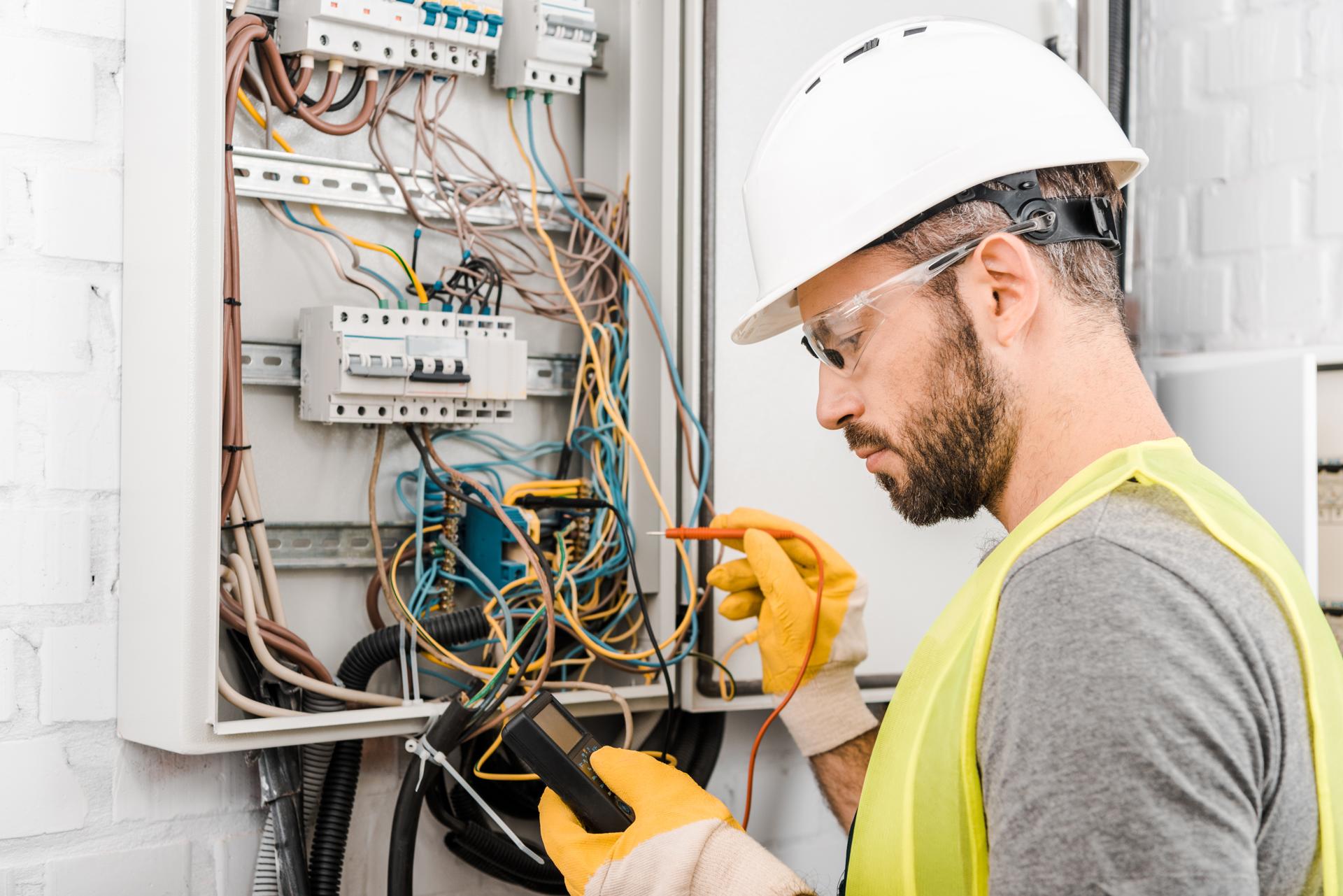Understanding the Principles of Electrical Wiring in Your Home: A Step-by-Step Guide

Electricity is an integral part of our daily lives, powering everything from the lighting in your homes, to gadgets that we use each day. But electric systems may be complicated knowing how they function can be difficult. In this article we’ll breakdown the elements in an electrical circuit and explain how circuits work to power appliances and devices. Our residential electricians can handle any electrical jobs you need.
Components of an Electrical System
A home’s electrical system includes a number of important components that work to deliver power throughout the home. They include:
Breaker box is the central distribution point for electric power in a home in which the power is split into various circuits
Outlets and switches: the places where electricity is delivered to devices and appliances
Wiring: the wires that transport power from the breaker box, to the outlets and switches
Electronic appliances and gadgets: appliances and devices that require electricity to function
Electrical Circuits
A circuit of electricity is a pathway that allows electricity to flow from the point of origin (the breakers box) to the devices and appliances in a home. There are two kinds of electrical circuits that can be found in a home which are 120-volt circuits and 240-volt circuits. 120-volt circuits are utilized for most household devices and appliances, whereas the 240-volt circuits are utilized to power larger appliances, such as dryers and air conditioners.
Electrical circuits work by completing a loop that allows electricity to flow from the source into the appliance or device. The loop is made up of a hot cable that carries the electricity and a neutral wire which completes the circuit as well as a ground wire that provides a path for the electricity to get to the ground in the event of a fault.
Understanding Electrical Wiring
Electrical wiring comes in several different types, including non-metallic sheathed cable (NM) as well as armored cables (AC) and conduit. Each type has its advantages and disadvantages and the selection of wiring type depends on the specific needs of the installation.
Electricity travels through wiring through a flow of electrons in the wire. The electrons flow from the source to the device or appliance and then back to the source via the neutral wire. It is crucial to make sure that the wiring is installed and maintained properly, since faulty wiring can lead to electrical hazards like shocks and fires.
Common Electrical Issues
Common electrical issues that homeowners face include tripping the light bulbs, flickering breakers and electrical outlets that are not working. These issues can be caused due to a variety of reasons that include overloading circuits, poor connections, or faulty wiring.
If you experience any of these issues it’s crucial to pinpoint the root cause and take action to fix the problem. In some instances this could mean contacting an accredited electrician to look over and fix the wiring.
Concluding and Call to Action
In conclusion, understanding how electrical wiring operates is crucial for ensuring the safety and security of the electrical system in your home. If you follow the rules laid out in this document and you will be able to remain secure and stay clear of potential dangers.
Should you ever have concerns or questions regarding your home’s electrical system do not hesitate to call Local Adelaide Electricians. Our team of licensed electricians has the expertise and experience to handle all your electrical requirements. Contact us at 1300 989 136 to schedule a appointment.
FAQ
What are the signs of a faulty electrical wiring?
Signs of defective electrical wiring can include tripping breakers, flashing lights, and electrical outlets that are not working, for example.
What is the best time to schedule my home’s electrical system inspected?
It is recommended to have your home’s electrical system checked by an accredited electrician each 10 years.
What is the lifespan of electrical wiring?
The life span of electrical wiring is based on a variety of factors, including the type of wiring used, the environment it’s installed in, as well as the quality of the installation. The majority of electrical wiring will last for up to 30-years or longer with proper installation and maintenance.
Do I have the ability to fix electrical issues myself or should I always engage an electrician?
While some electrical issues can be solved by homeowners, it is advised that you employ an authorized electrician to complete most electrical repairs. If you attempt to fix electrical issues with no proper training or expertise is risky and can result in injury or damage to your home.
What should I do if I have an electrical issue within my home?
In the event of an electrical problem, the first step is to shut off the power supply to the affected location by turning off the fuse or breaker. Then, contact an accredited electrician to examine and fix the problem as quickly as is possible.
If you follow these tips by following these guidelines, you can ensure the security and reliability of your home’s electrical system and prevent potential hazards. Keep in mind that when it comes to electrical repairs as well as installations, it’s always best to leave it to the experts. Call Local Adelaide Electricians at 1300 989 136 for all your electrical concerns.
